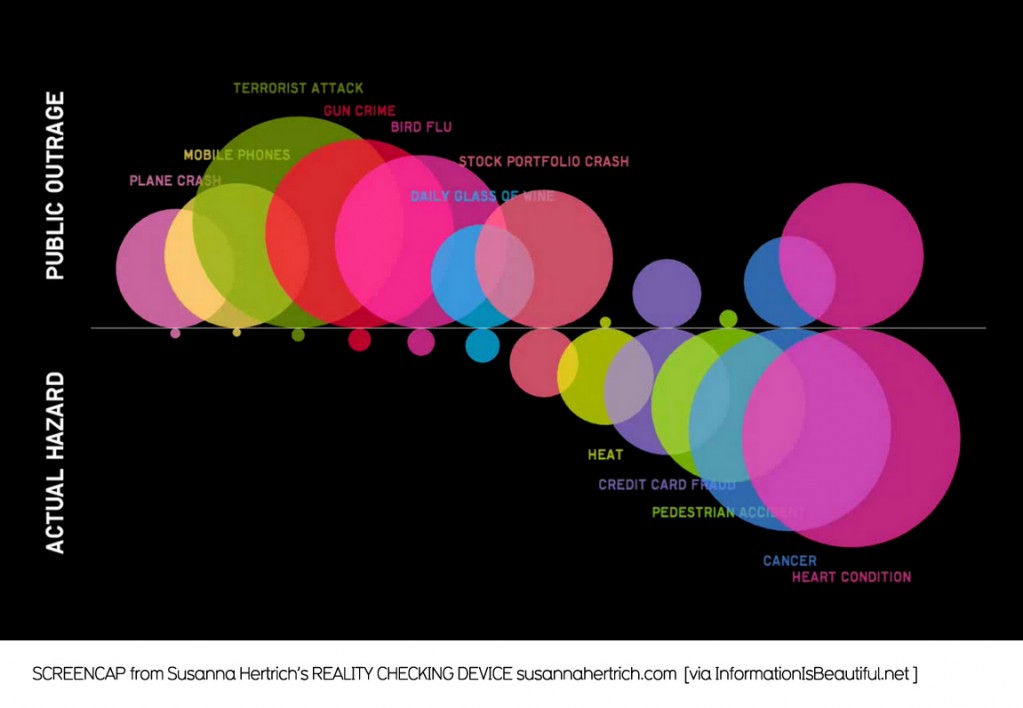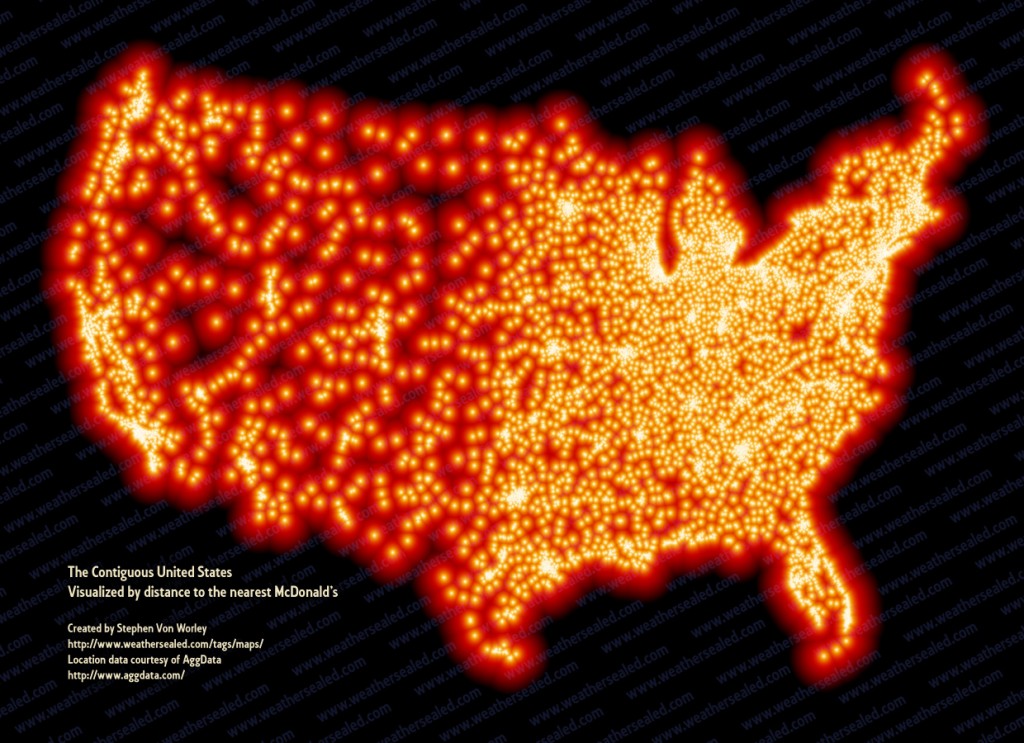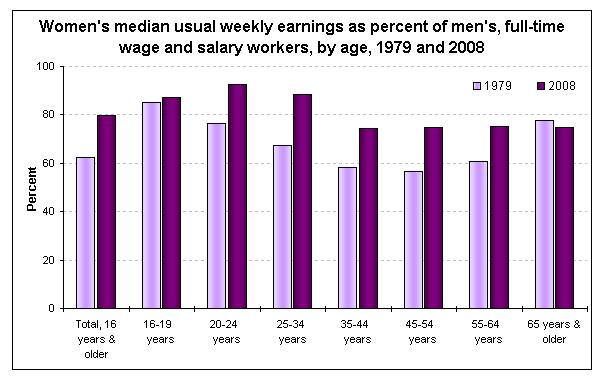Sandra H. sent us a link to a story about a field of empty container ships parked off the coast of Singapore:
Simon Parry reports that the field includes about 12 percent of the world’s container ships. More than “the U.S. and British navies combined,” he writes.
The idle ships are another visual indication of the worldwide economic downturn, alongside the images of Detroit’s decline, unsold cars, abandoned homes, and empty malls.
—————————
Lisa Wade is a professor of sociology at Occidental College. You can follow her on Twitter and Facebook.
Lisa Wade, PhD is an Associate Professor at Tulane University. She is the author of American Hookup, a book about college sexual culture; a textbook about gender; and a forthcoming introductory text: Terrible Magnificent Sociology. You can follow her on Twitter and Instagram.




